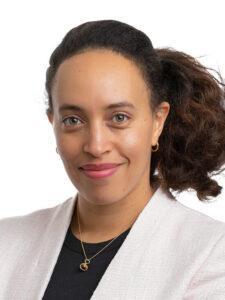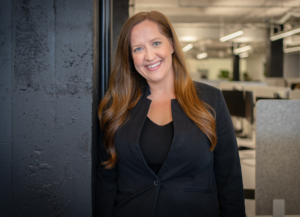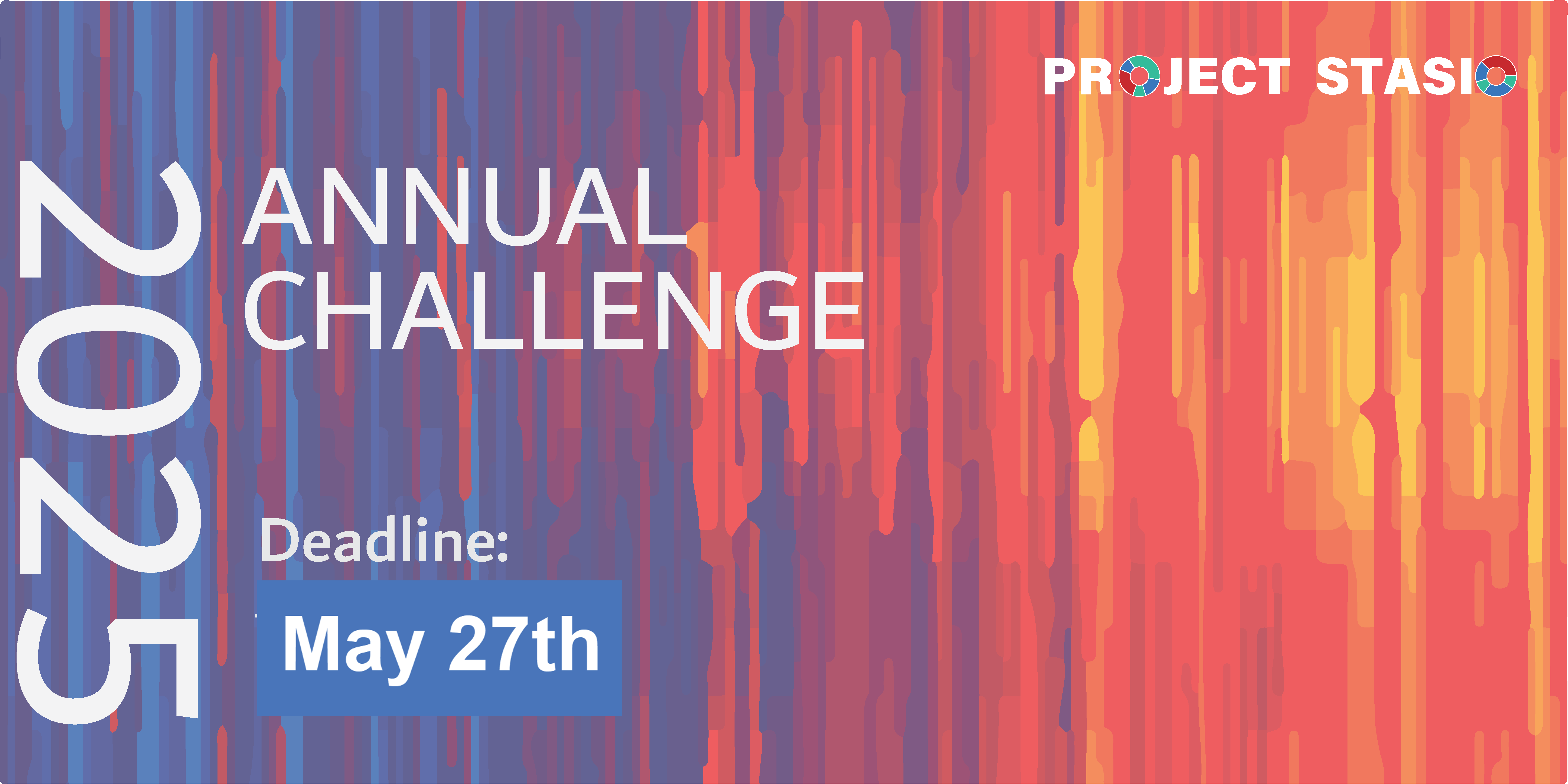2025 Annual Project StaSIO Challenge - Deadline May 27th, 2025
March 20, 2025 - June 5, 2025
Sample Questions
This competition is accepting submission on all topics related to high performance building design. We invite you to review published StaSIO graphics to get inspired. Some sample questions your submission may be addressing include:
- What is the impact of massing on a building's embodied carbon?
- What is the impact of heat recovery efficiency on cooling peak loads?
- What is the impact of structure selection on embodied carbon?
Submission Guidelines
The objective of this competition is to catalyze crowd-sourced submissions to Project StaSIO.
For your submission, you will be required to identify the building performance question that is being answered through the graphic, by following the format What is the impact of <insert design variable> on <insert metric>?
The updated submission guidelines for the 2025 competition are:
-
- Question format: The question submitted should follow the required format (be careful not to confuse design variables and metrics!)
- Legibility: The graphic should be legible (upload only jpg, png, or gif graphics that are of high quality and high resolution)
- Amount of text: The graphic should speak for itself: it should not have any titles or paragraphs elaborating on methodology, discussion, or conclusions. Conference-like poster submissions will not be accepted.
- North arrow: The graphic, particularly if it involves any variables impacted by solar position or radiation, must have a visible north arrow.
Submissions will be judged based on the following four criteria:
-
- Clarity: the graphic’s ability to convey complex information concisely
- Innovation: the uniqueness of the graphic
- Insightfulness: the effectiveness with which the graphic is answering the question it was designed for
- Aesthetic design: the visual composition of the graphic
If you have any questions please reach out to our team!
ibpsaprojectstasio@gmail.com
Meet the Jury:

Junko Nakagawa
Junko is a Director of Atelier Ten’s New York office. As an experienced architect, Junko possesses a strong interest in the collaborative work with architects and design clients on high-performance building projects and masterplans. Junko holds an M.Arch from Massachusetts Institute of Technology and a B.A. in Architecture from Washington University. She is a Registered Architect in the state of New York and a LEED-Accredited Professional.

Jesse Walton
Jesse Walton is an Associate Principal at Mahlum. He is passionate about creating sustainable, healthy spaces for learners of all ages. As project architect and energy efficiency specialist he works closely with design teams and district staff to maximize efficiency, and thermal comfort. An early adopter of BIM, he is an office-wide leader in Revit documentation, building envelope design, and energy code compliance. Jesse is currently serving a two-year term as Co-Chair of the AIA 2030 Working Group.

Alpha Yacob Arsano
Alpha is an Assistant Professor of Architecture and a building scientist at Northeastern University. Her research explores strategies to maximize low-carbon, equitable bioclimatic building strategies under current and future climatic conditions to maintain occupants’ comfort and health. Alpha earned a SMArchS and a Ph.D. in building technology from the Massachusetts Institute of Technology (MIT), where she was a Presidential Fellow and recipient of the TODA Award.

Kayleigh Houde
Kayleigh Houde is an Associate Principal and the global Computational Projects Lead at Buro Happold where she is responsible for the harmonized development of new technologies within the open-source platform BHoM. Kayleigh is chair of the MEP 2040 Commitment, a member of the ECHO Project and ASHRAE’s Center of Excellence for Building Decarbonization. She is also a lecturer at University of Pennsylvania’s Weitzman School of Architecture.

